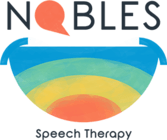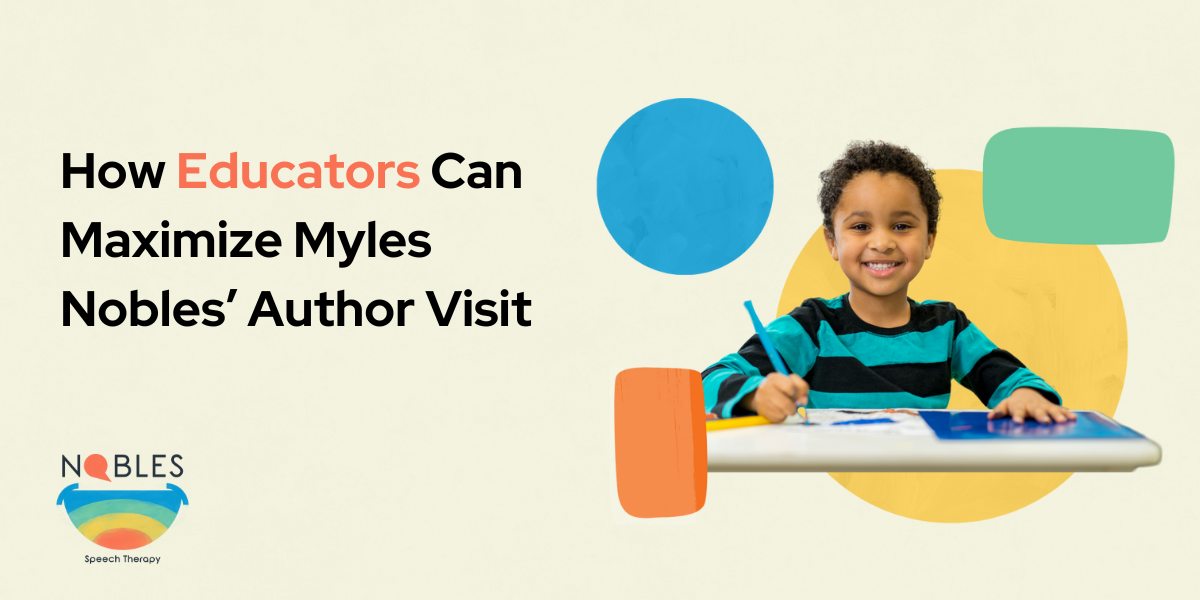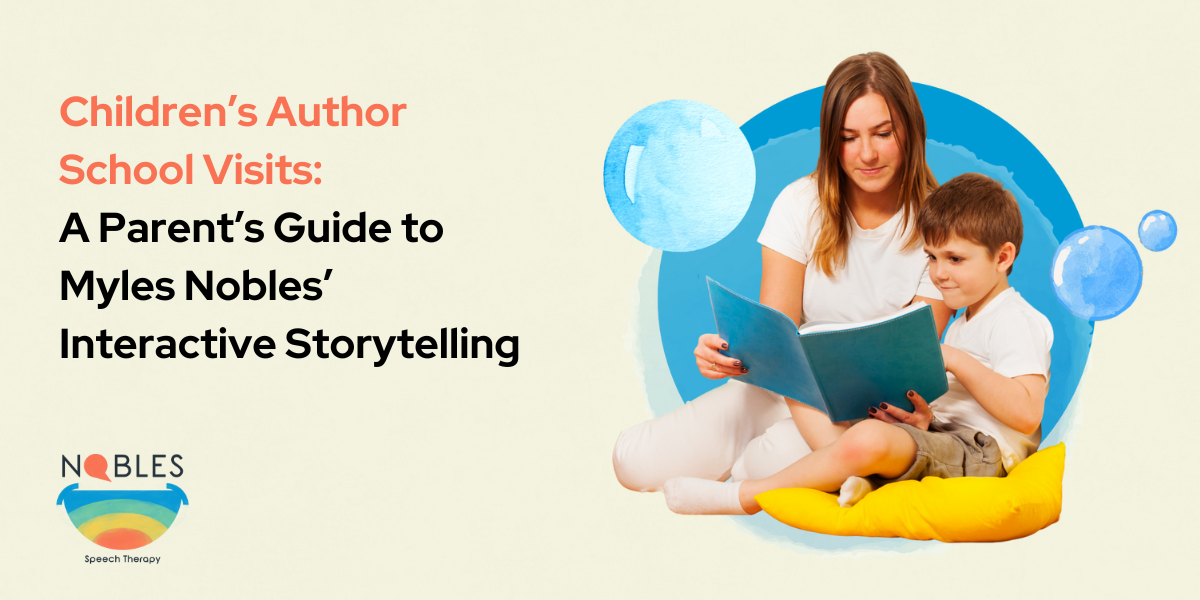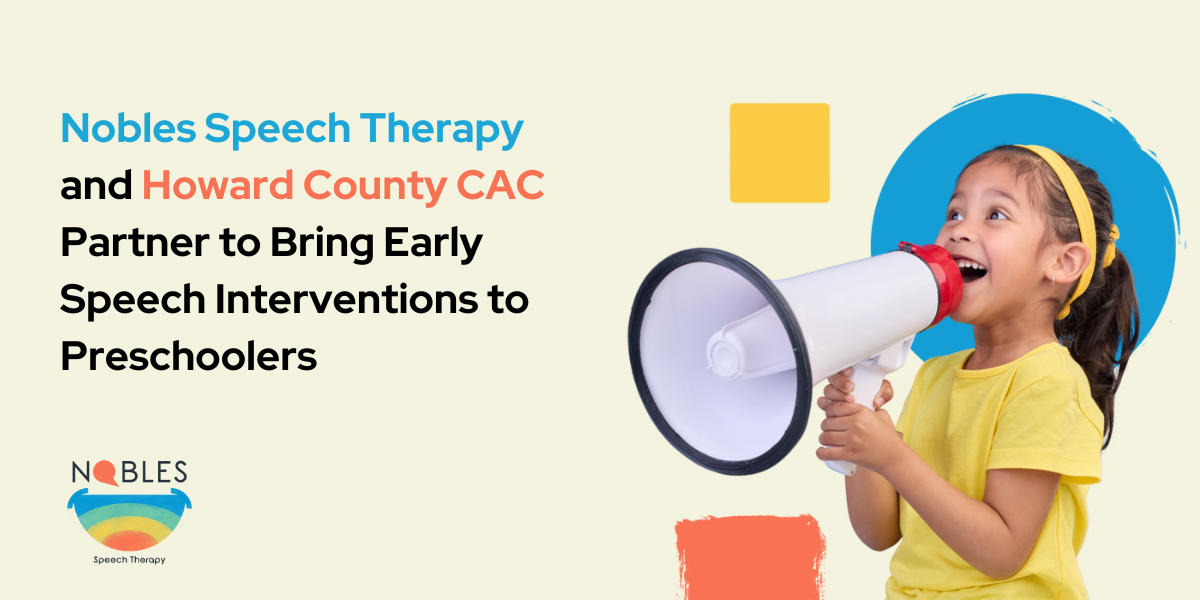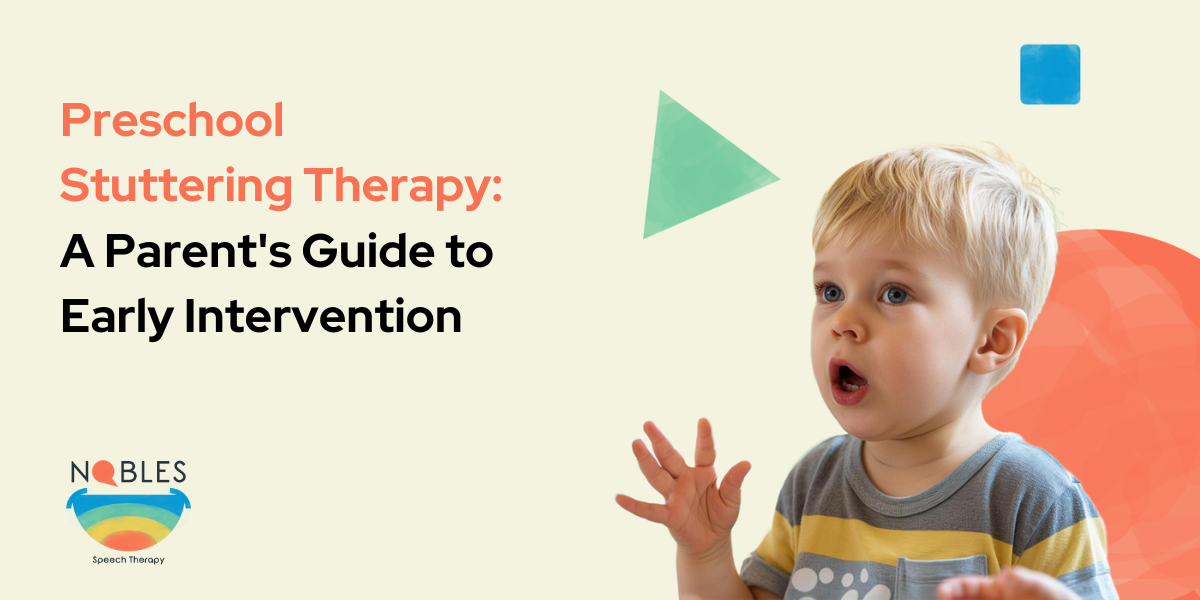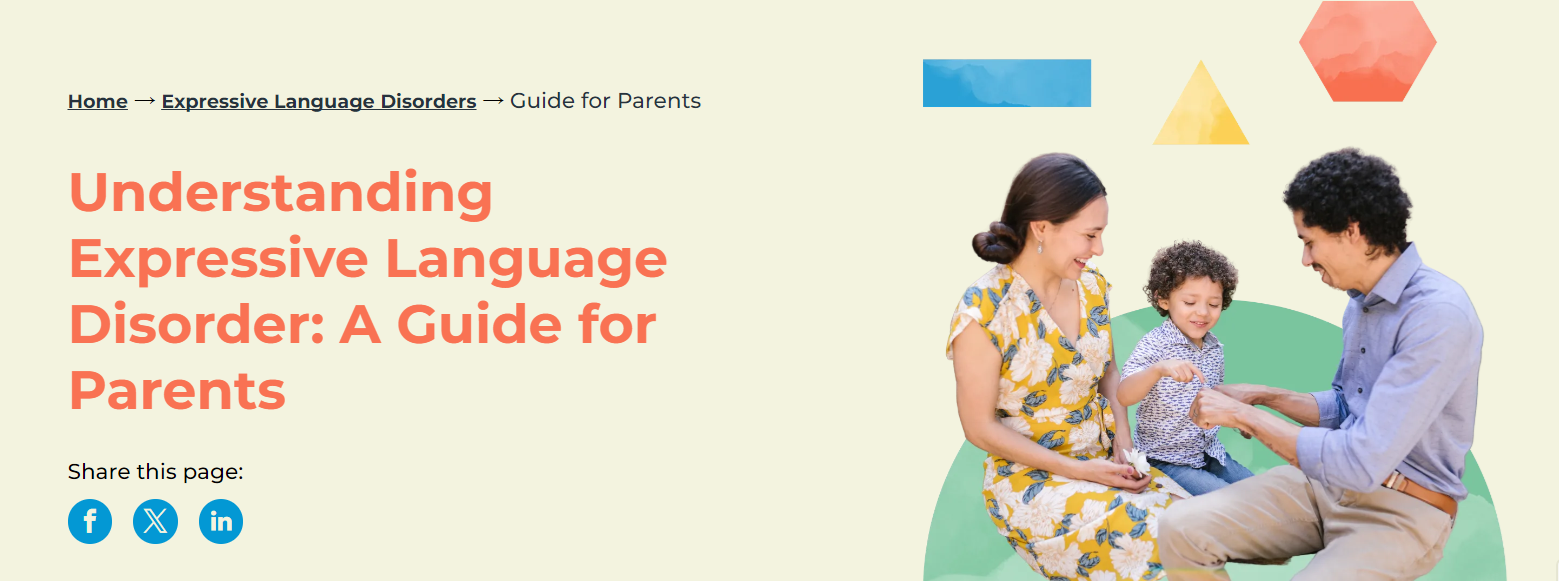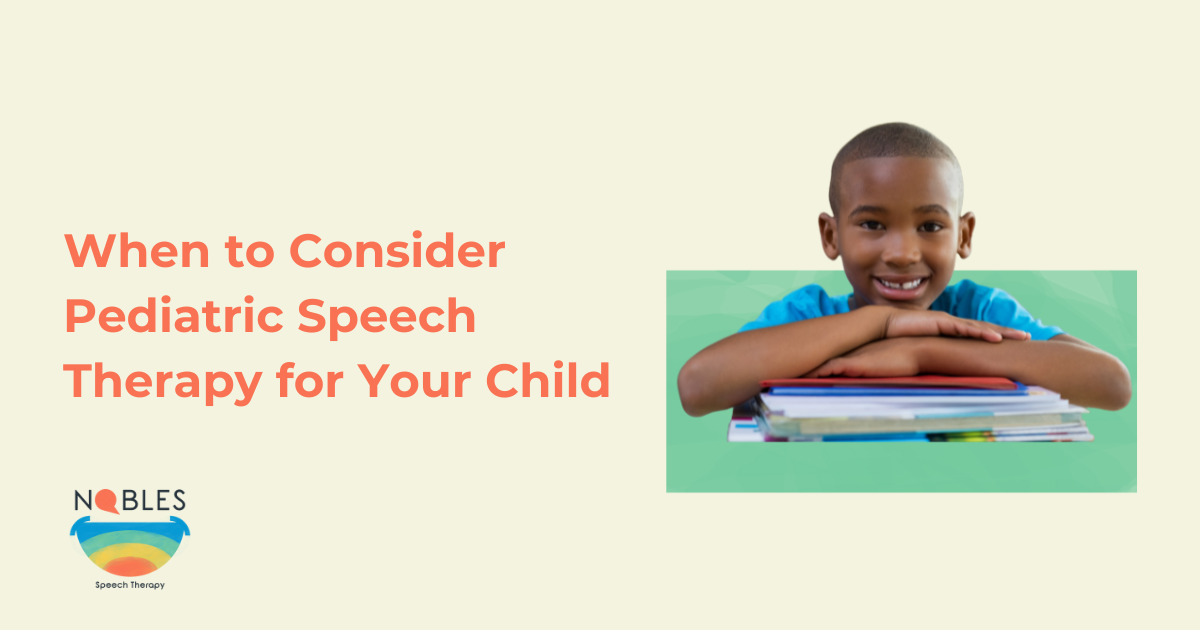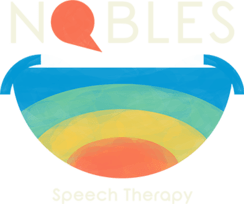Share this page:
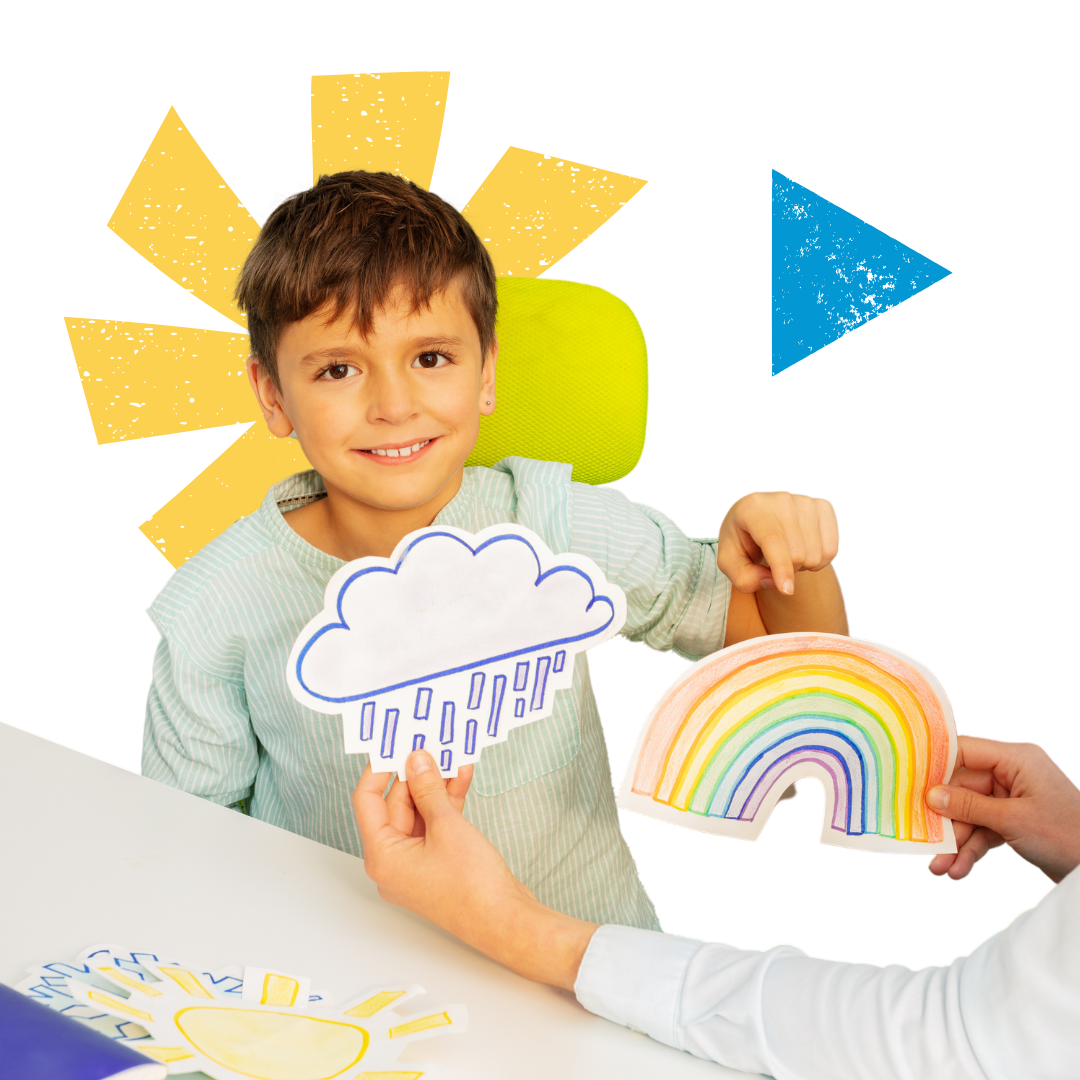
Engaging Speech Therapy Activities to Foster Communication for Children with Autism
Speech therapy for children with autism is essential in helping them develop communication skills. As a parent, you want to find engaging and effective strategies to support your child’s speech and language growth. This post highlights ten impactful speech therapy activities you can do at home, designed to support your child’s communication journey in ways that are both fun and practical.
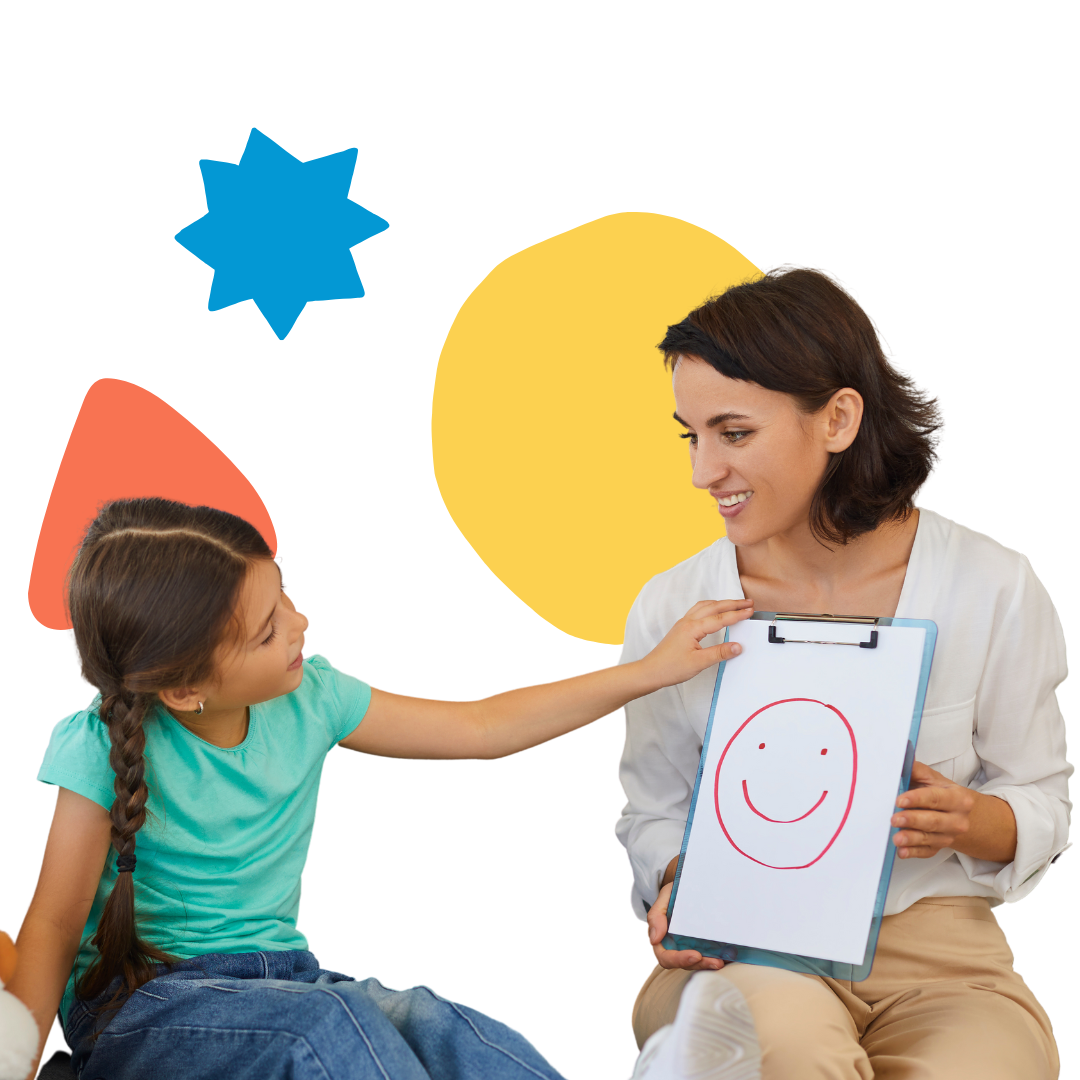
1. Picture Exchange Communication System (PECS)
The Picture Exchange Communication System (PECS) helps children communicate using pictures. This system is particularly useful for non-verbal children and helps bridge the gap to verbal communication.

2. Imitation Games
Imitation games are great for teaching children how to communicate through actions and words. You can use simple games like clapping your hands or making a funny face, then encouraging your child to copy you. These activities for autism speech therapy help your child learn to follow instructions and improve their awareness of others.
Imitation is a core skill that supports both speech development and social interactions. By mimicking your movements, your child is learning to observe and respond, which plays a key role in their overall communication growth.

3. Songs with Actions
Singing songs that include actions can be a fun and engaging way to promote language activities for autistic children. Songs like "Wheels on the Bus" or "If You're Happy and You Know It" involve both singing and physical movements, which help children learn to connect words with actions.
This activity is highly interactive and supports both verbal and non-verbal children. While singing, you can also pause and encourage your child to fill in the blanks. Even if they can’t verbally respond, they can point or use gestures, which is another form of communication.
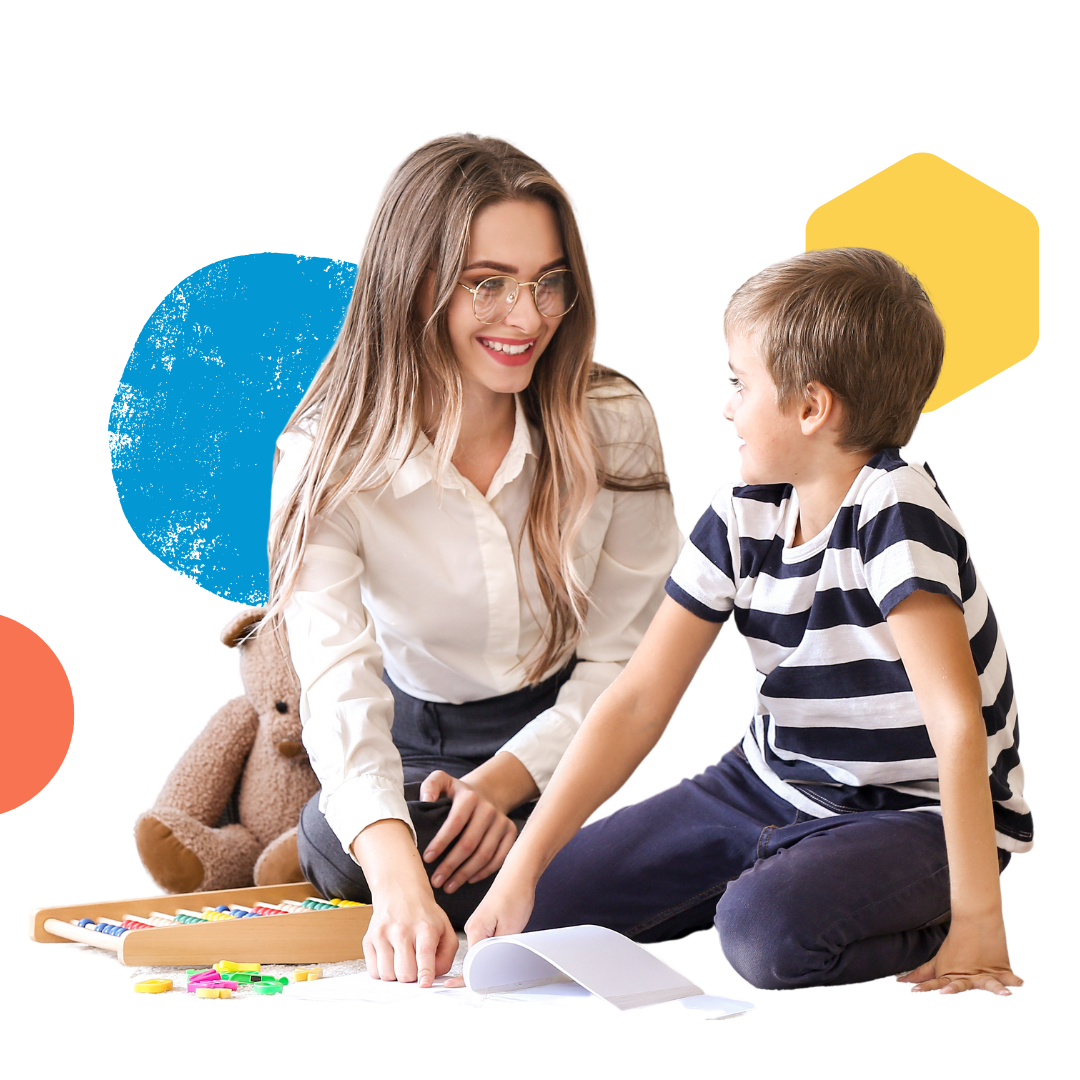
4. Joint Attention Activities
Joint attention is the ability to focus on an object or activity with another person. It’s an important skill in autism speech development. You can encourage joint attention through activities like pointing at pictures in a book or playing with a toy together.
During these interactions, talk about what you're both focusing on. This promotes shared communication and gives your child opportunities to practice both listening and responding. This type of activity helps build social communication skills by teaching your child how to engage in conversations with others.
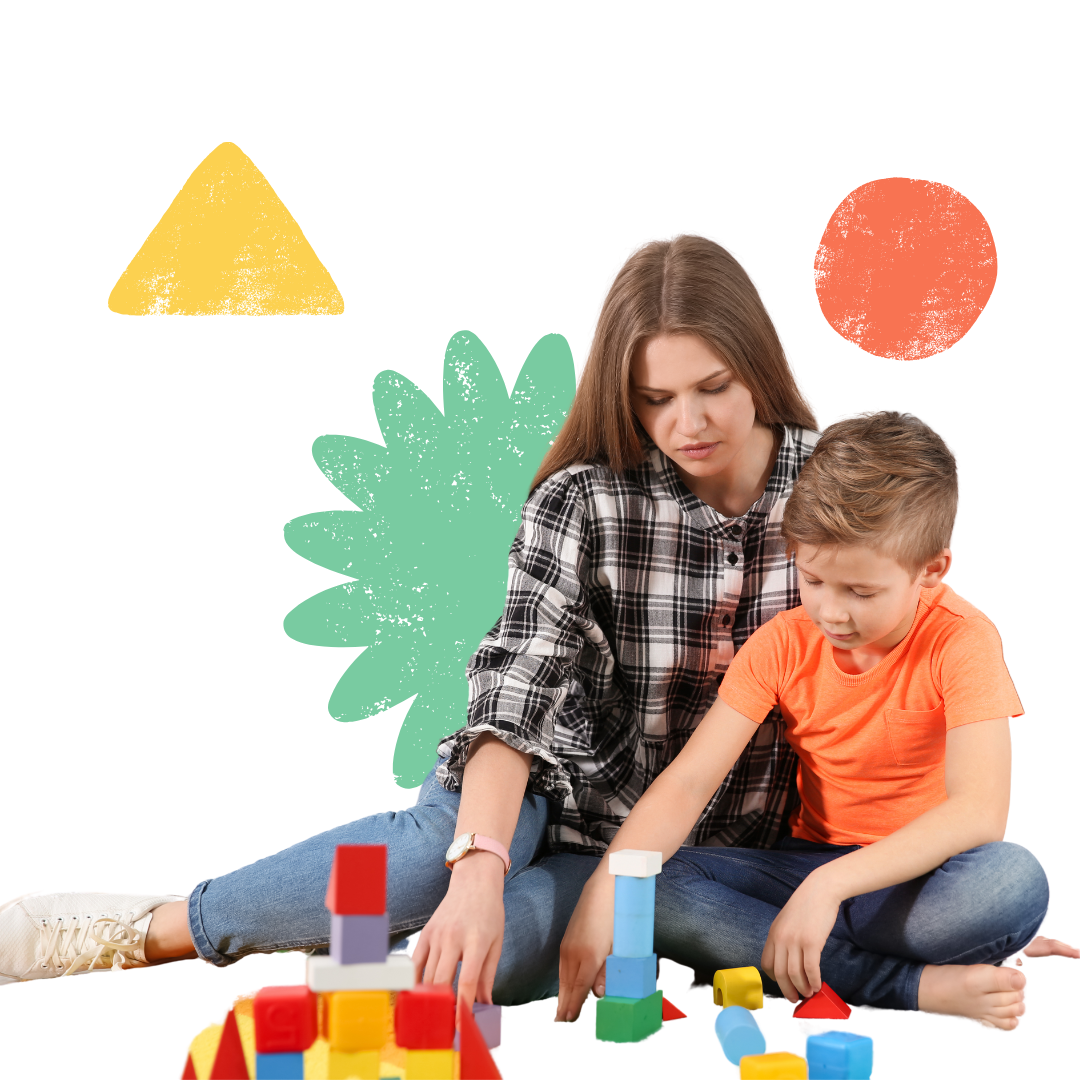
5. Turn-Taking Games
Games that involve taking turns, such as rolling a ball back and forth or playing with blocks, help improve social skills in children with autism. Turn-taking is a fundamental part of communication, and these games give your child a structured way to practice this skill.
You can say “my turn” and “your turn” while playing to emphasize the exchange. Over time, your child will start to understand that conversations, like games, involve taking turns speaking and listening. This is a great at-home speech therapy technique for helping children understand conversational flow.

6. Sensory Bins
Sensory bins filled with objects like rice, beans, or water beads can offer a tactile and visual way to engage your child in speech therapy activities for children with autism. As your child plays with the sensory bin, you can introduce new vocabulary by describing the objects they find, such as “soft,” “hard,” or “smooth.”
You can also hide small toys or pictures inside the sensory bin, prompting your child to name or request the objects as they find them. This activity is not only fun but also builds language skills through sensory exploration.
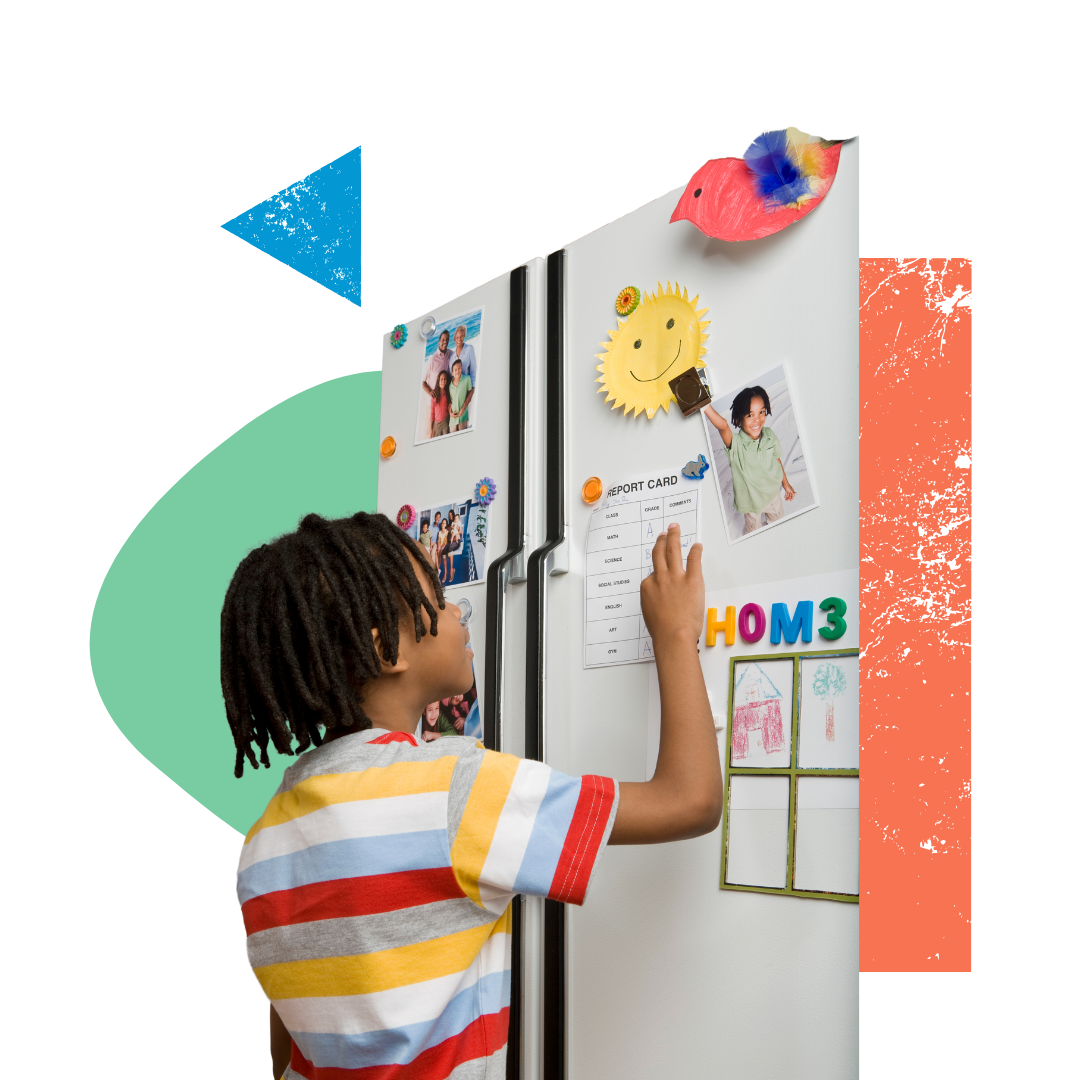
7. Using Visual Schedules
Children with autism often thrive with structure and predictability. A visual schedule can help them understand what’s happening next, making it easier for them to transition between activities. This is particularly useful when incorporating speech therapy activities into their daily routine.
By using pictures to represent different tasks or parts of the day, you can help your child learn new words and phrases related to their schedule. Over time, they’ll start to associate these images with spoken words, supporting their speech development.
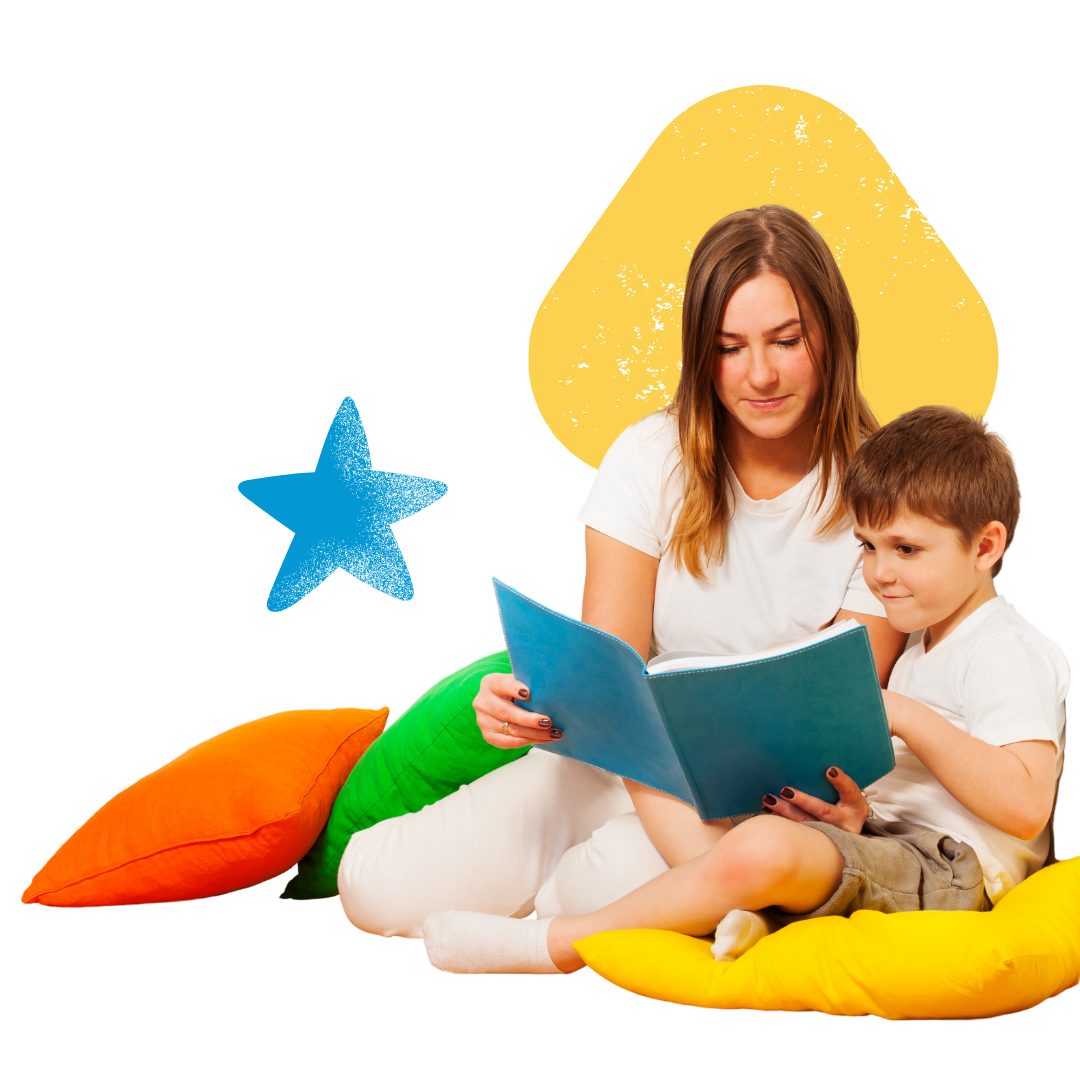
8. Social Stories
Social stories are short, simple narratives that describe social situations and expected behaviors. You can create a social story tailored to your child’s needs, such as “Going to the Park” or “Taking Turns in Conversation.” These stories help children with autism understand social interactions and can be a helpful autism communication strategy.
You can read the social story together and talk about the actions and feelings of the characters. This helps your child learn about different social scenarios and prepares them for real-life interactions, making it an effective tool for improving social skills in children with autism.
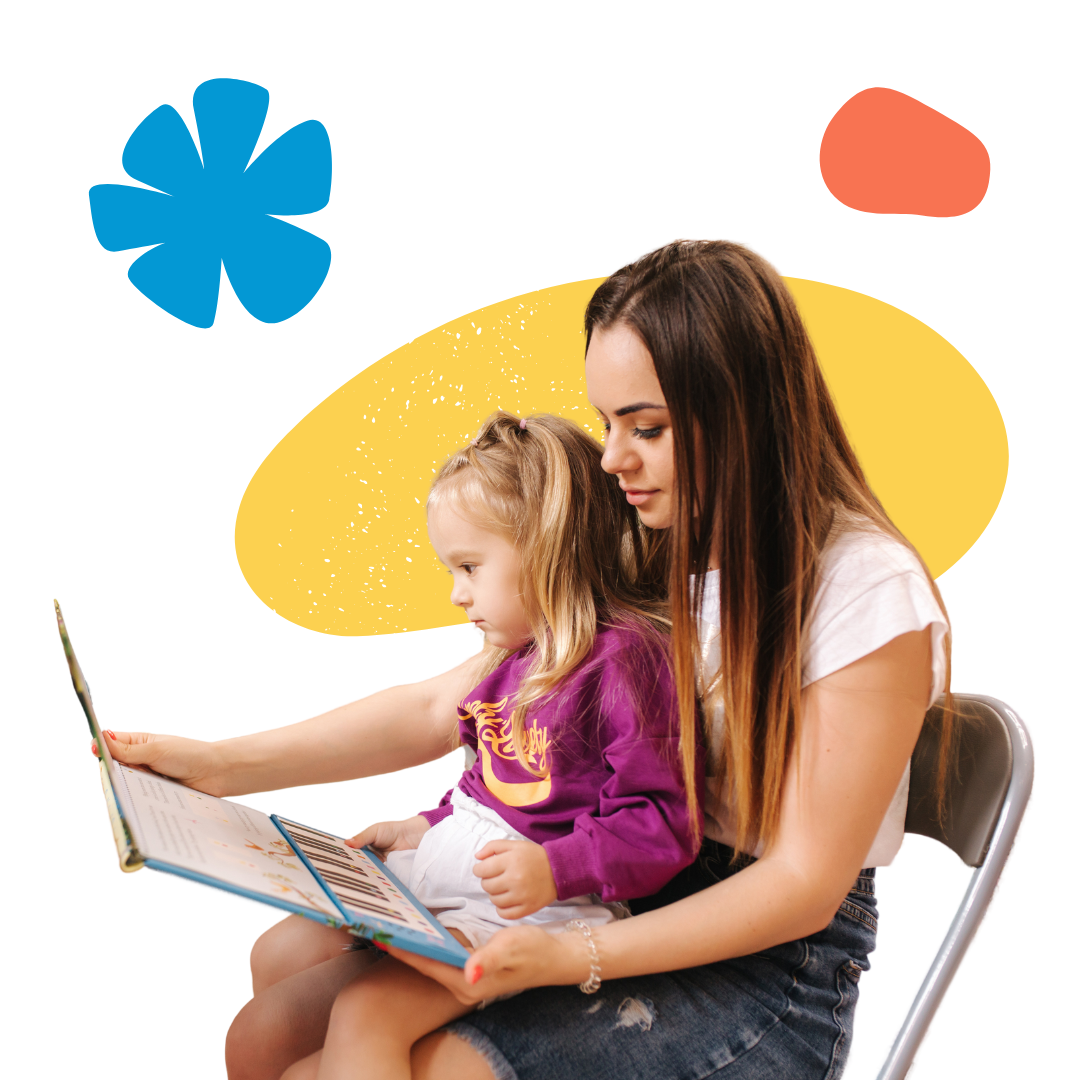
9. Interactive Books
Interactive books that encourage your child to participate can be highly effective in speech therapy for children with autism. Look for books with flaps to lift, textures to feel, or repetitive phrases. These books hold your child’s attention and invite them to engage with the content.
As you read together, you can ask questions or make comments to encourage conversation. Even simple responses, like pointing to a picture or making a sound, help develop communication skills. Interactive books create opportunities for back-and-forth communication, which is a key part of autism-friendly communication exercises.

10. Bubble Play
Blowing bubbles can be an unexpected yet highly effective speech therapy tool. You can use bubble play to prompt your child to make requests or use simple words like “more” or “again.” You can also model new words related to bubbles, such as “big,” “pop,” or “up.”
This fun activity engages your child and provides them with an immediate reason to communicate. Bubbles are visually stimulating and exciting, which helps maintain your child’s interest in the activity while promoting speech and language development.
Helping Your Child with Speech Therapy at Home
These activities are designed to fit easily into your daily routine, providing practical ways to encourage communication development while keeping your child engaged and entertained. Whether you’re using imitation games, PECS, or sensory bins, these techniques can help build essential speech and social skills in children with autism.
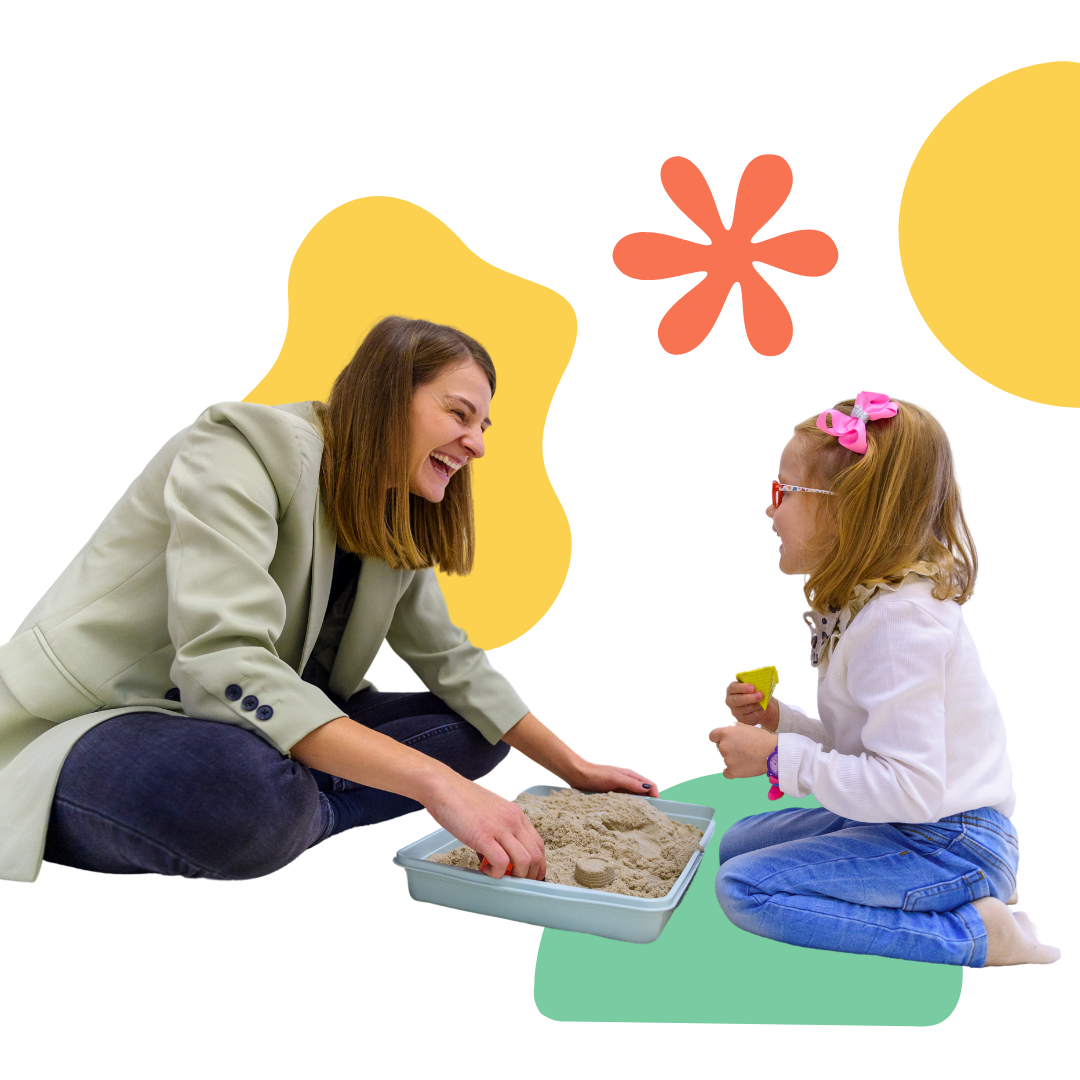
Discover More Strategies to Support Your Child’s Communication Development
Ready to explore more ways to support your child’s speech and language development? Visit our Speech Therapy for Autism page to learn about additional strategies, therapies, and professional support tailored to children with autism.
Share this page:

